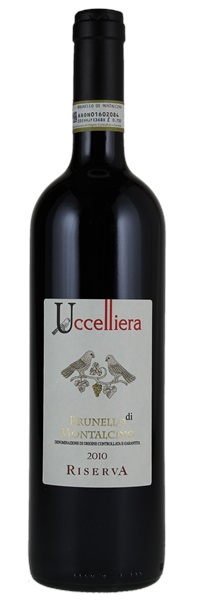Removed from a professional wine storage facility; Purchased upon release; Consignor is original owner

Image above is an example. To view the image of the lot, click the item number.
Estimate
This a gorgeous wine that is only at the beginning of a long aging evolution. This wine is absolutely impeccable on all levels. It delivers stunning intensity, power, integrity and balance.
Saturated with cherry, black currant and floral notes, this red evokes licorice, wild herb and stone accents. Solidly built yet refined, with a Burgundian quality common to many 2010 Riservas. Shows superb balance and extraordinary length.
Fabulous aromas of blackberries, Chinese mushrooms, violets and stones. A touch of toasted oak, too. Full body and powerful tannins, yet this remains polished and balanced. Seamless and endless finish. Such great depth and complexity.
There is certainly no shortage of depth or pure power...